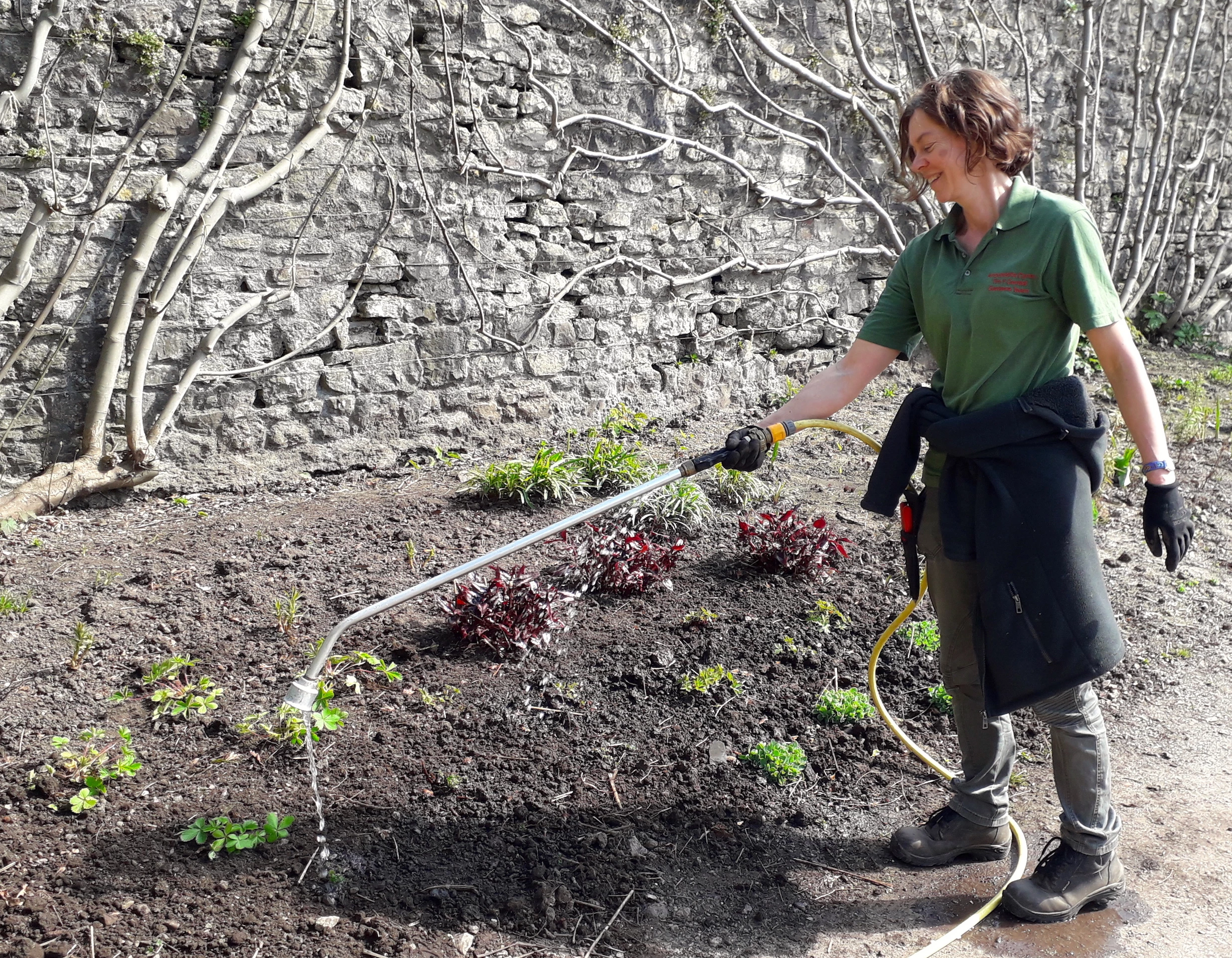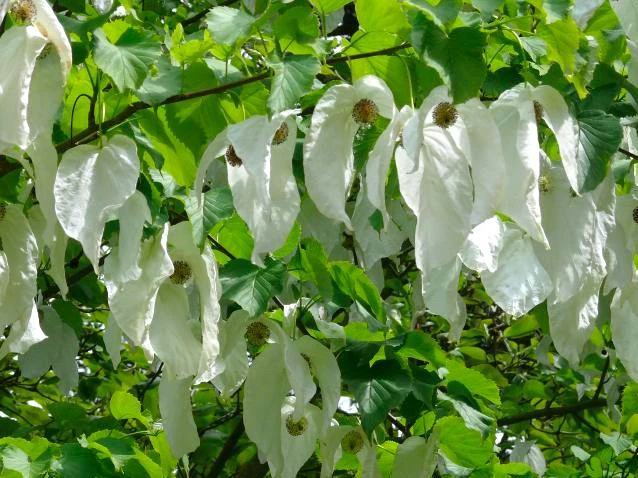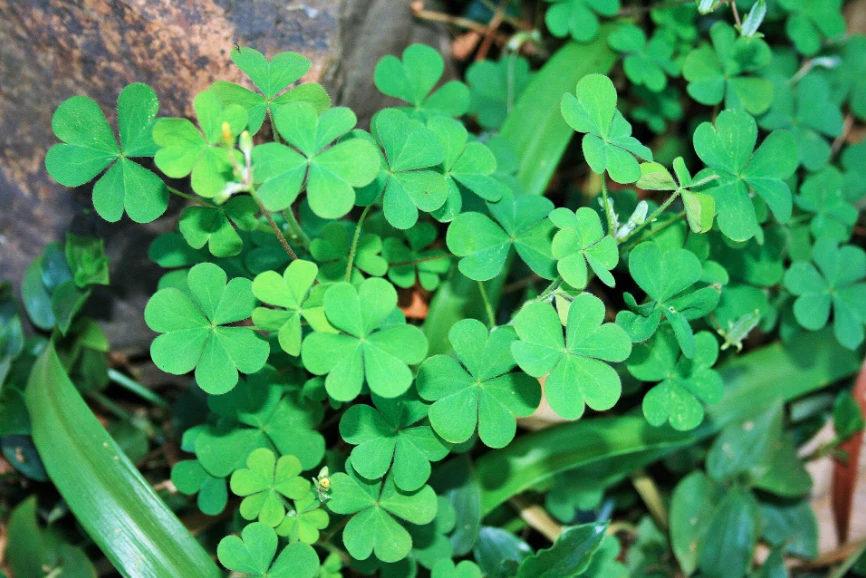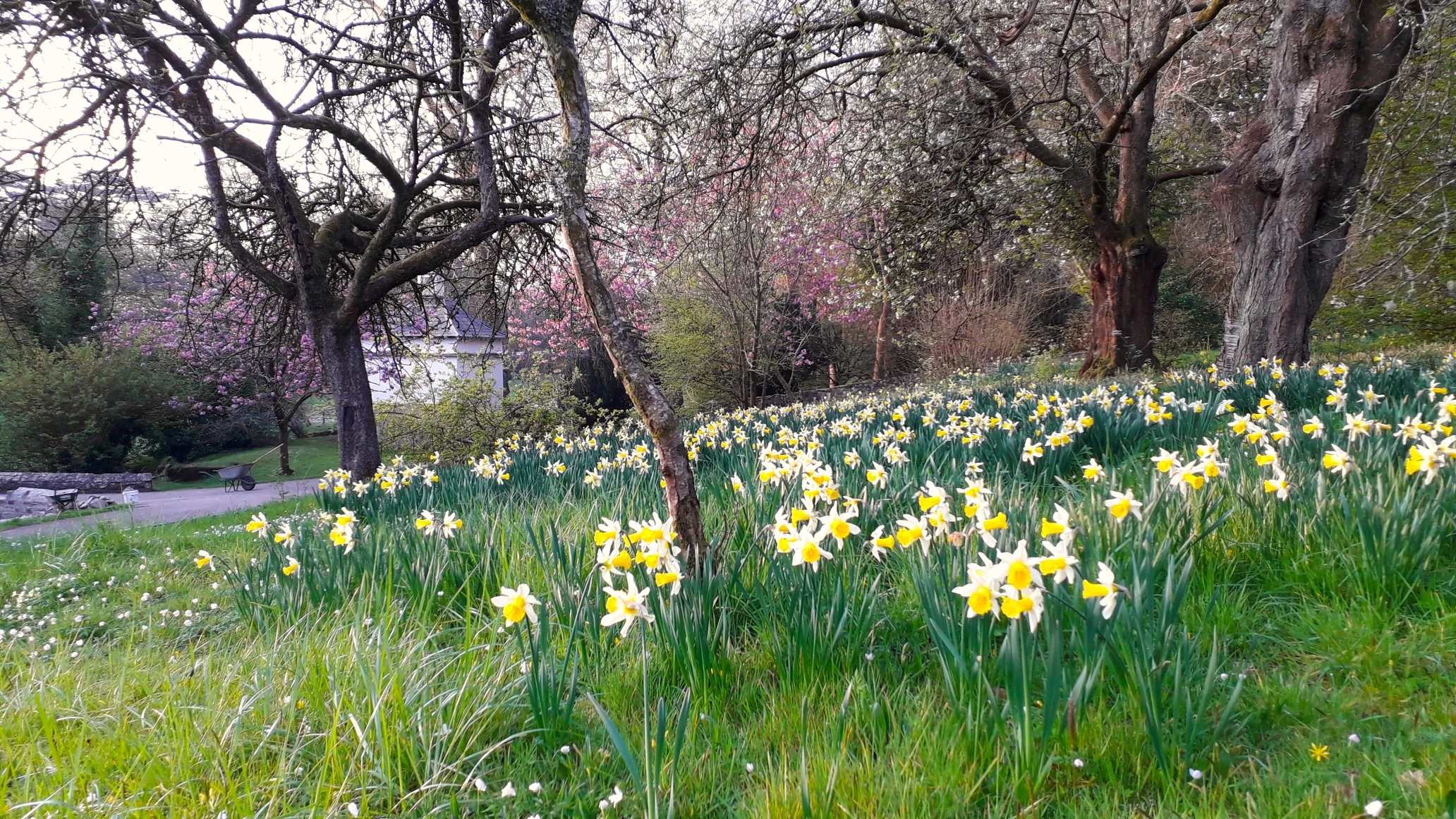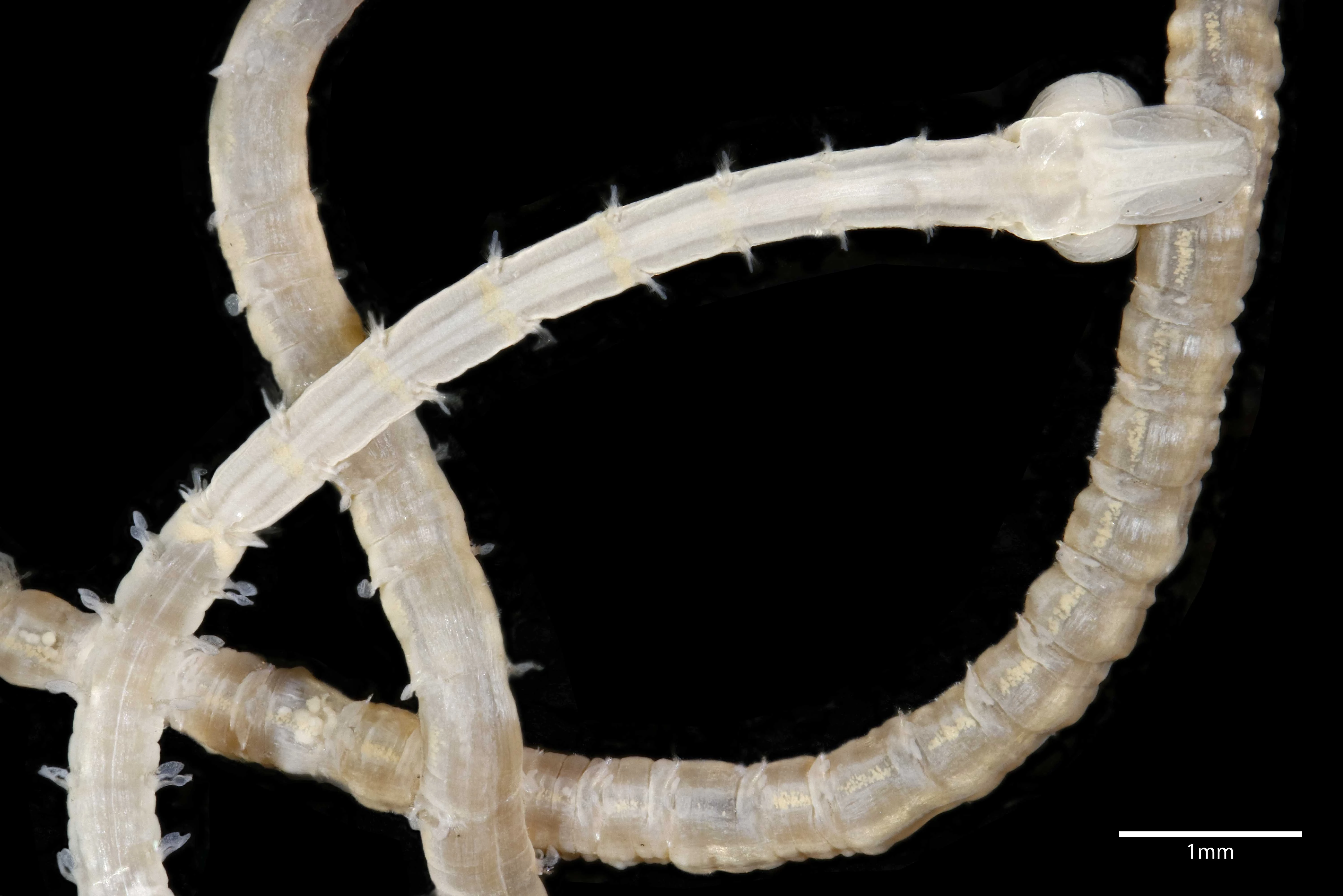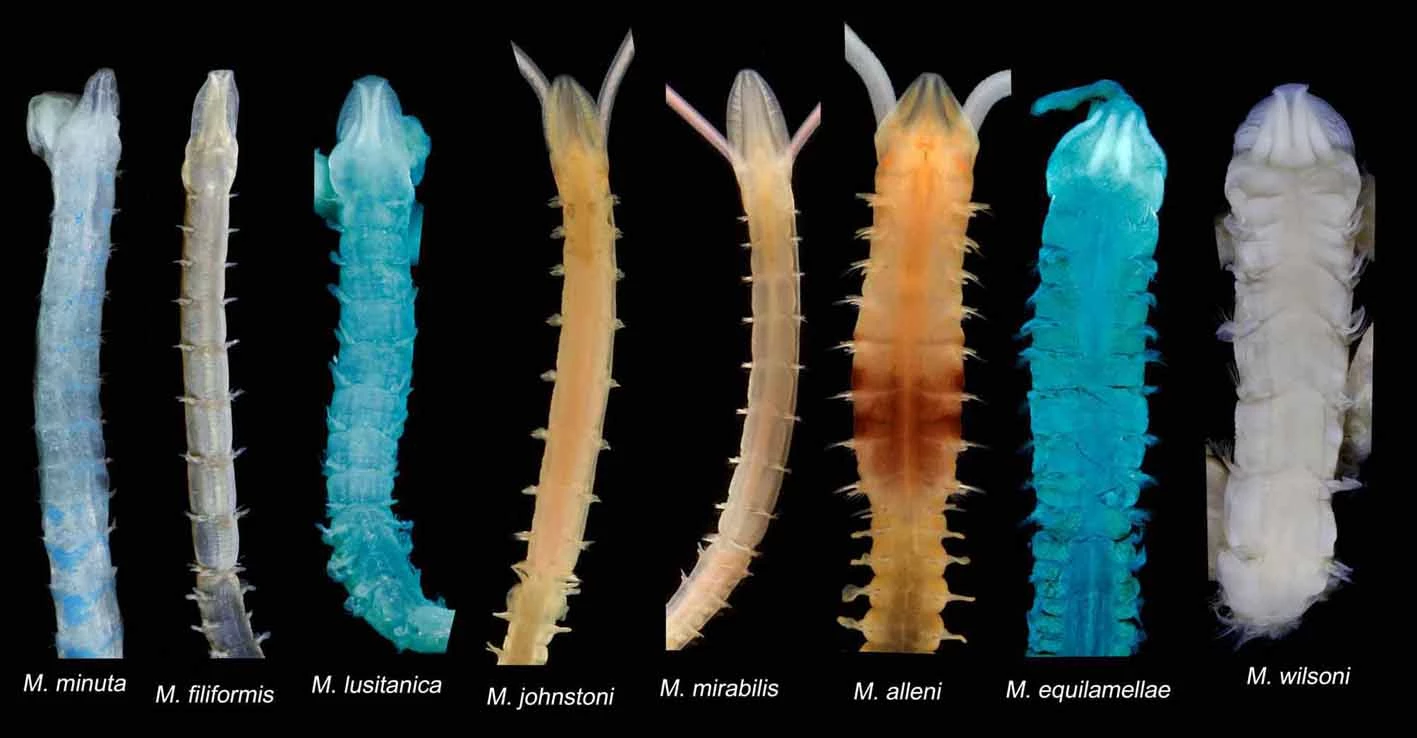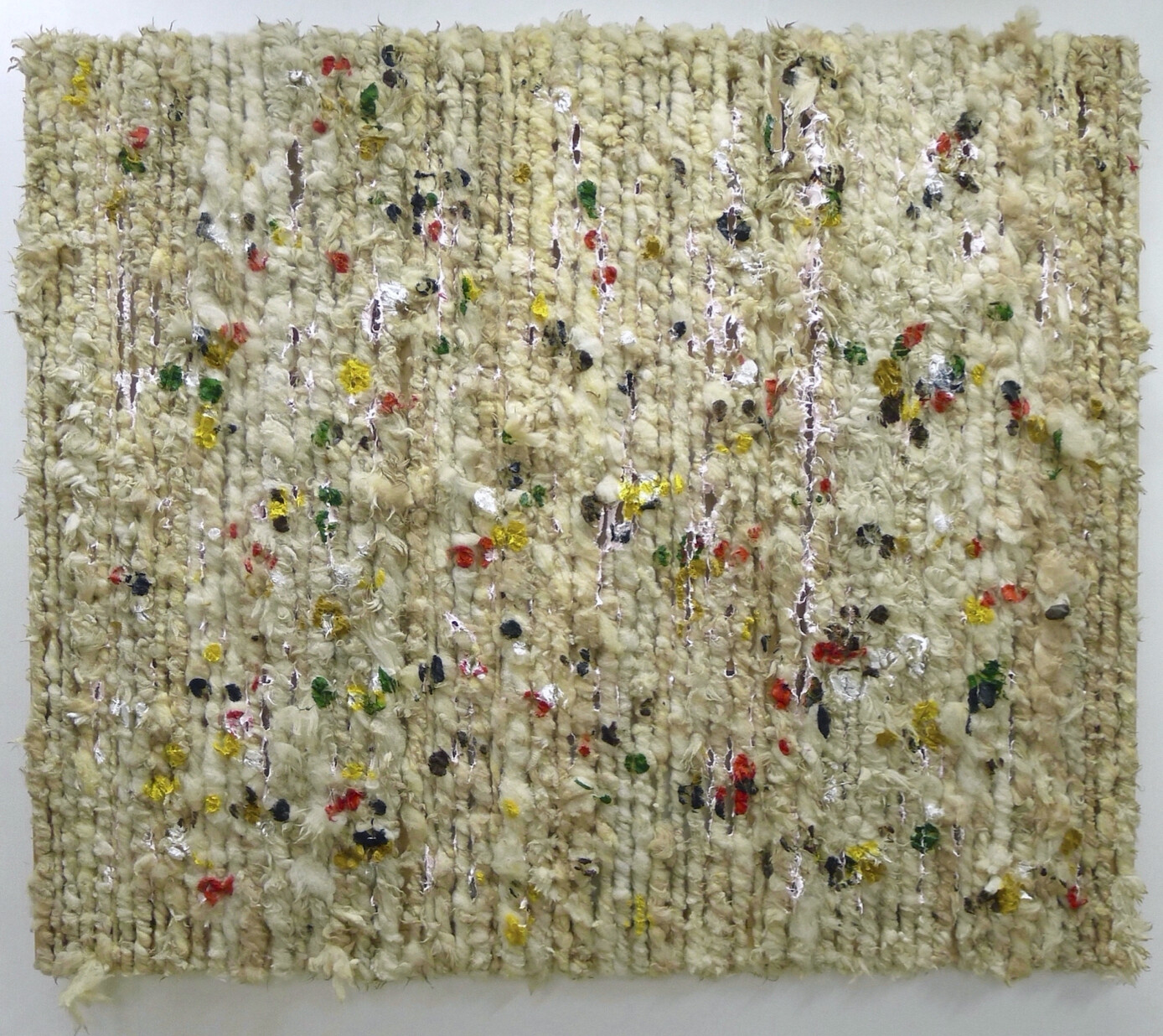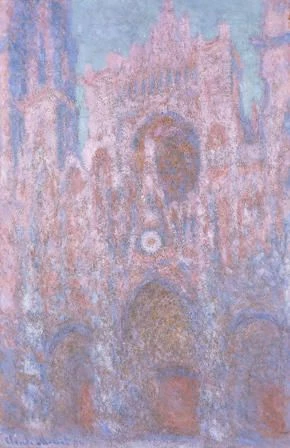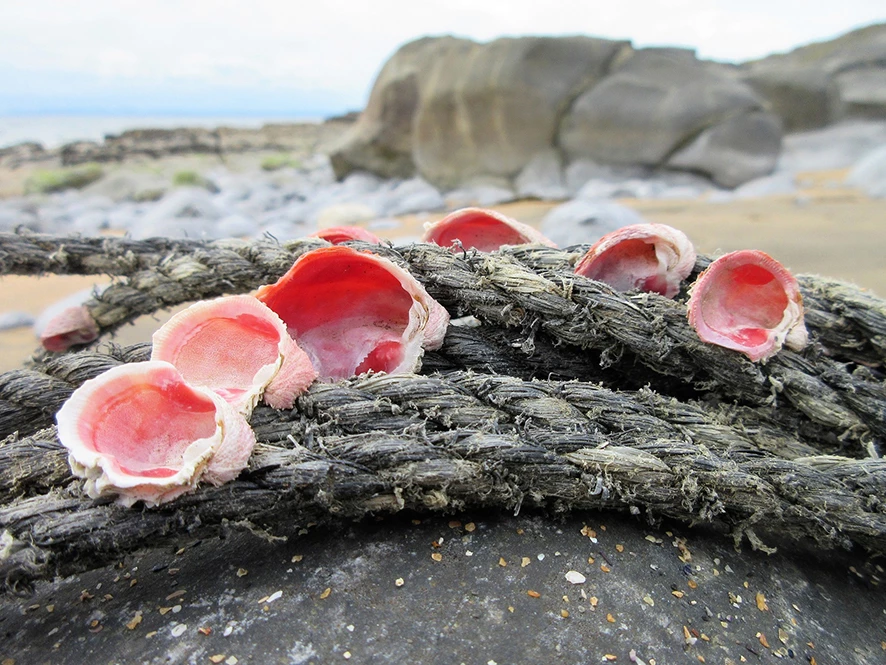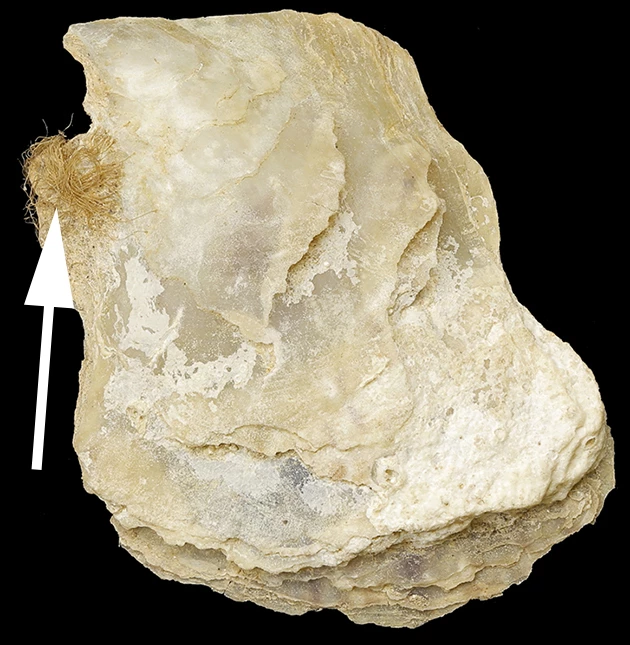Amser ‘Cwestiwn y Garddwr’ Treftadaeth, o Erddi Sain Ffagan
, 28 Ebrill 2020
Mae Juliet Hodgkiss yw Uwch Gadwraethwr Gerddi Amgueddfa Cymru. Mae hi'n arwain tîm ymroddedig o arddwyr a gwirfoddolwyr yn Sain Ffagan, sy'n gofalu am y gerddi a'u casgliadau o blanhigion treftadaeth arbennig. Mewn ymateb i ddiddordeb cynyddol yn ein gerddi ein hunain, a dyhead cynyddol am harddwch rhai o erddi godidog ein cenhedloedd yn ystod y cyfyngiadau symud, dros yr ychydig ddyddiau diwethaf rydyn ni wedi bod yn casglu'ch cwestiynau chi i Juliet am ei gwaith. Dyma ei hatebion yn ein fersiwn ‘treftadaeth’ ni o Gardener’s Questiontime.
Beth yw'r peth gorau am eich swydd?
Y peth gorau am fy swydd yw cael fy nhalu i weithio mewn gerddi mor brydferth. Mae gennym ni amrywiaeth eang o erddi, felly rydw i'n gwneud rhywbeth gwahanol bob dydd. Rwyf hefyd yn cael cwrdd â chymaint o bobl wych trwy fy ngwaith - staff, gwirfoddolwyr, ymwelwyr, cyd-arddwyr a mwy.
Pa un o erddi Sant Fagan yw eich hoff un a pham?
Yr adeg hon o'r flwyddyn, fy hoff ran o'r gerddi yw'r ardal ger y pyllau. Trwy gydol y gwanwyn, mae banciau'r teras wedi'u gorchuddio â bylbiau gwanwyn; cennin Pedr, clychau'r gog a ffritil, i gyd uwchben carped o anemonïau. Daw’r godidog Magnolia ‘Isca’ i'w blodau yn gyntaf, ac yna’r ceirios a’r afalau. Y goeden ddiweddaraf i flodeuo yw'r Davidia, gyda'i bracts gwyn anferth sy'n siglo yn yr awel, gan roi ei henw iddi - y goeden hances.
Pa un yw'r planhigyn prinnaf yn y casgliad?
Un o'r planhigion prinnaf sydd gennym yw rhosyn Bardou Job, a oedd yn un o'r rhosod gwreiddiol yn yr Ardd Rhosod. Credwyd bod hwn wedi diflannu, yna cafodd ei ail-ddarganfod gan grŵp o selogion rhosyn, yn tyfu yn hen ardd prif warder ar Alcatraz! Fe'i lluosogwyd, a danfonwyd 6 rhosyn atom i dyfu yn ein gerddi. Mae gennym hefyd gasgliad o datws treftadaeth, a roddwyd i ni gan Asiantaeth Ymchwil Amaethyddol yr Alban.
Un o'r tatws rydyn ni'n eu tyfu yw'r Lumper, y tatws a dyfwyd ar adeg newyn tatws Iwerddon. Ni ellir prynu'r rhain, felly mae'n rhaid i ni eu tyfu bob blwyddyn i gynnal ein casgliad.
Pa un yw'r planhigyn anoddaf y mae'n rhaid i chi fynd i'r afael ag ef - un sydd anoddaf i'w gynnal?
Y planhigion anoddaf i'w cadw yw'r tatws treftadaeth. Mae'n rhaid i ni dyfu'r rhain bob blwyddyn i gynnal ein casgliad, ac mae'r rhan fwyaf o'r hen amrywiaethau hyn yn agored iawn i falltod, felly mae angen eu rheoli'n ofalus i sicrhau cnwd da.
Pa un yw'r planhigyn anoddaf i'w reoli?
Y planhigyn anoddaf i'w reoli yw Oxalis, chwyn parhaus gyda deilen debyg i feillion, sy'n lluosi trwy fylbiau. Mae'r bylbiau hyn yn cael eu lledaenu pan fydd y pridd yn cael ei drin. Mae bron yn amhosibl ei ddileu. Ar ôl treulio blynyddoedd yn ceisio ei chwynnu, rydyn ni nawr yn ei gadw dan reolaeth gyda phlannu a gorchuddio tomwellt.
Pa un yw eich hoff amser o'r flwyddyn yn yr ardd?
Fy hoff amser o'r flwyddyn yw'r gwanwyn, gyda bylbiau'r gwanwyn, coed yn blodeuo, y rhedyn yn agor eu ffrondiau, a'r holl blanhigion yn yr ardd yn blaguro i dyfiant. Mae popeth yn edrych yn ffres a newydd, ac rydyn ni arddwyr yn llawn gobaith am flwyddyn wych o'n blaenau yn yr ardd.
